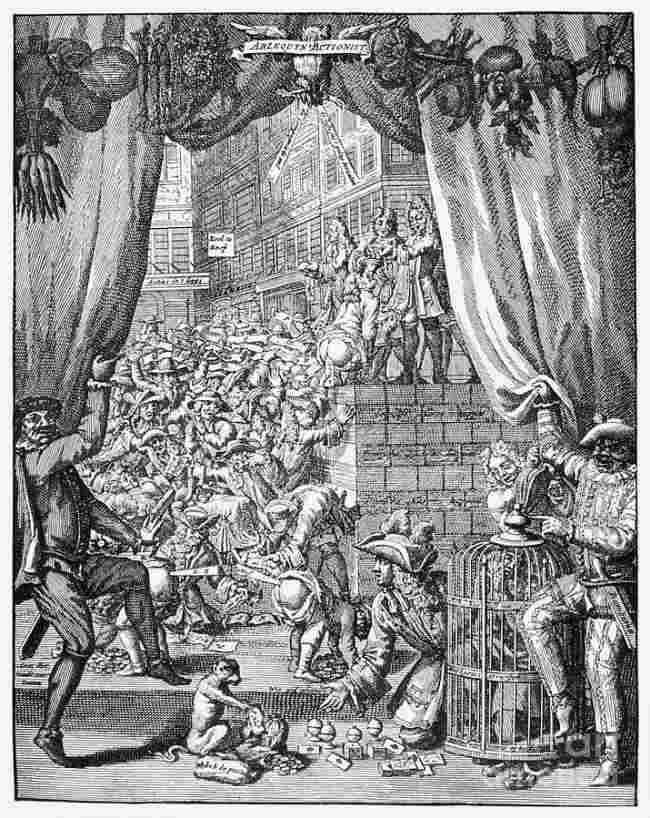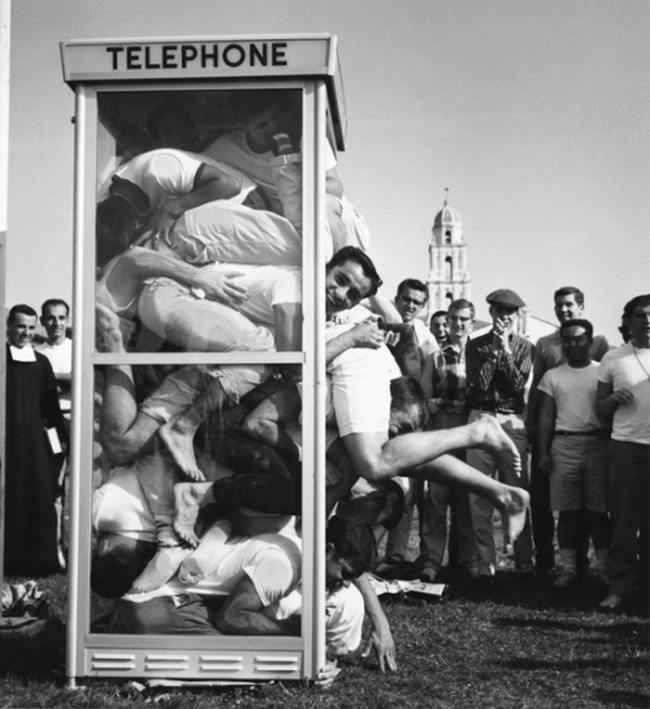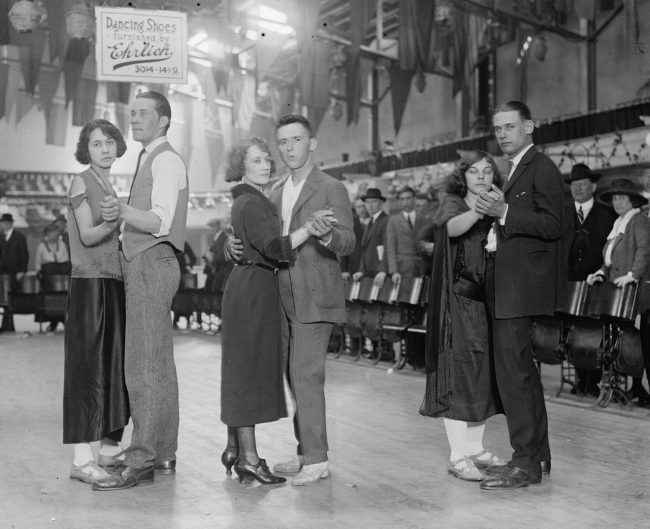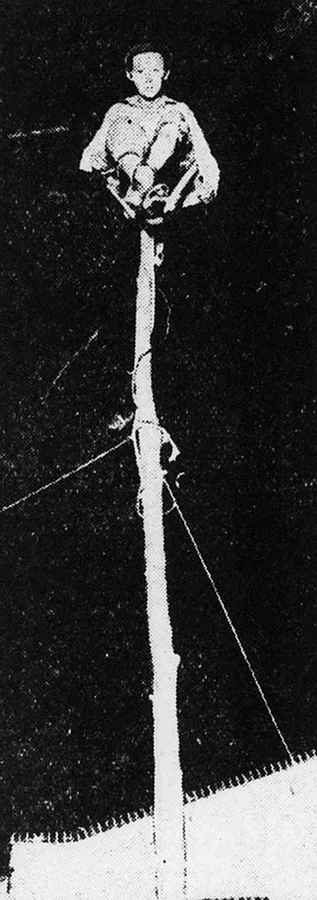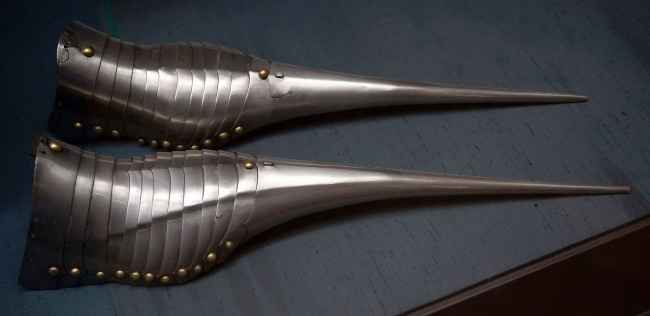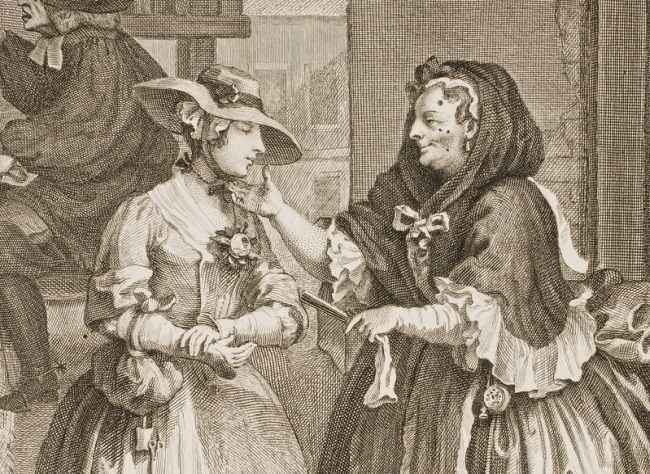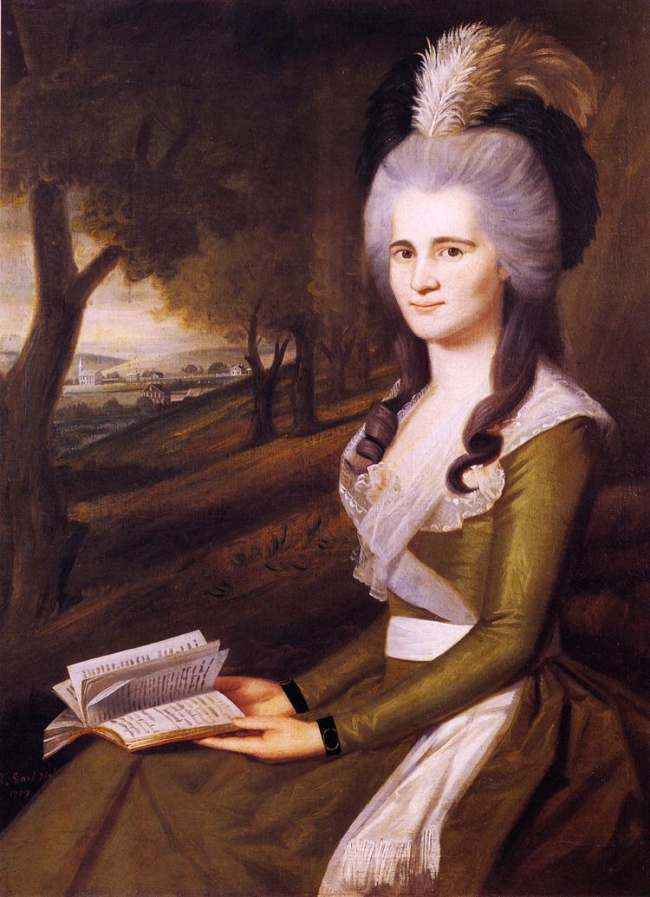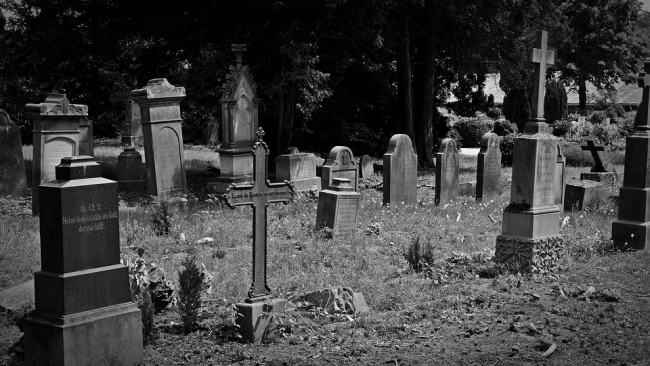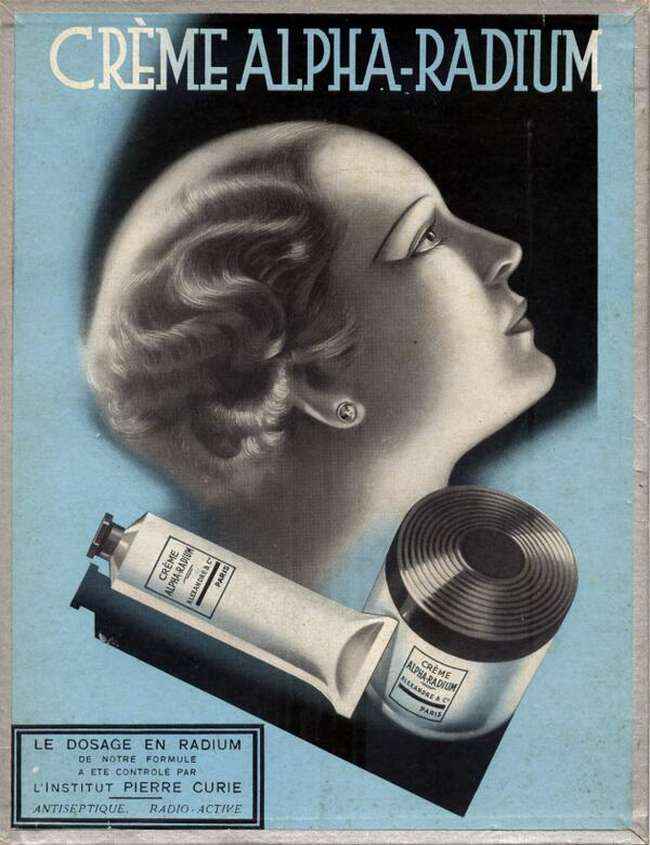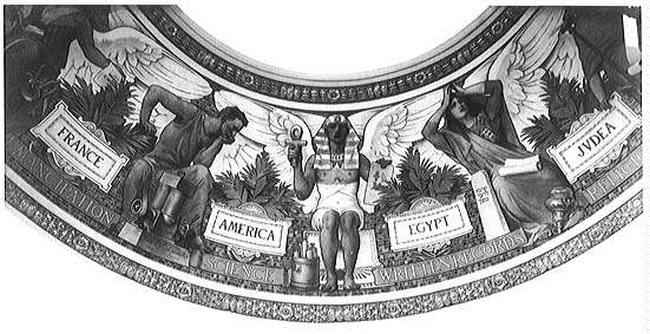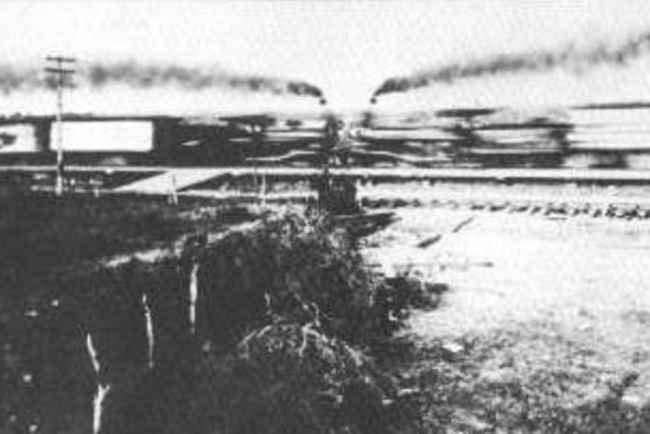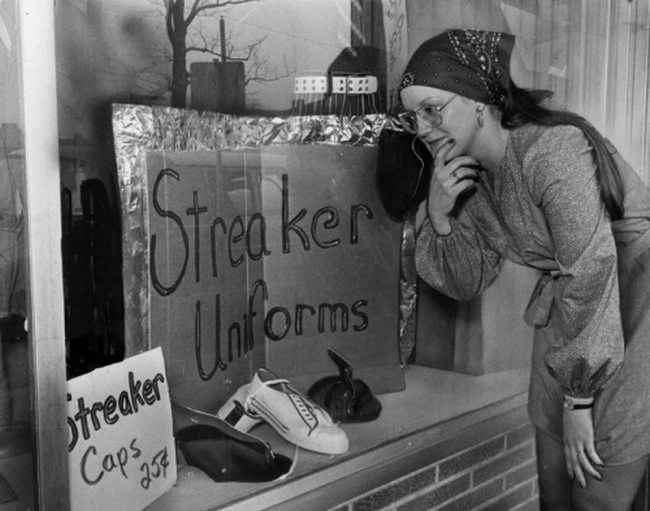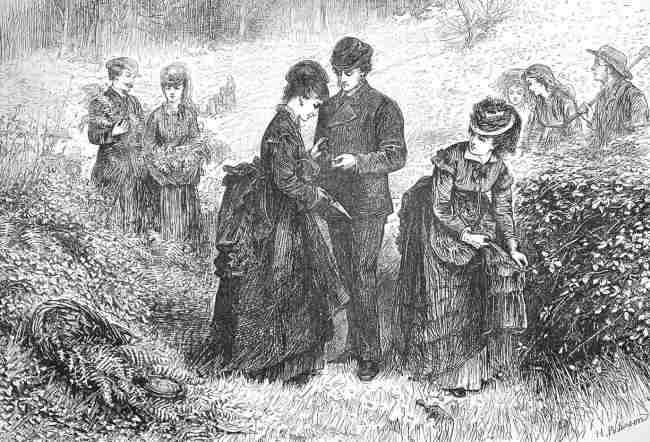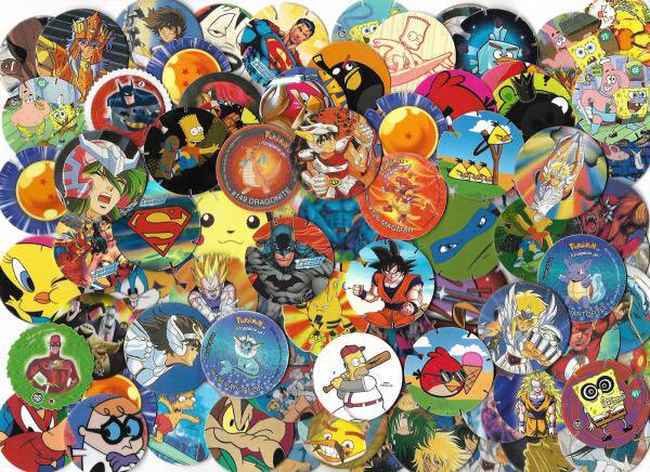18 memes that went viral before the internet
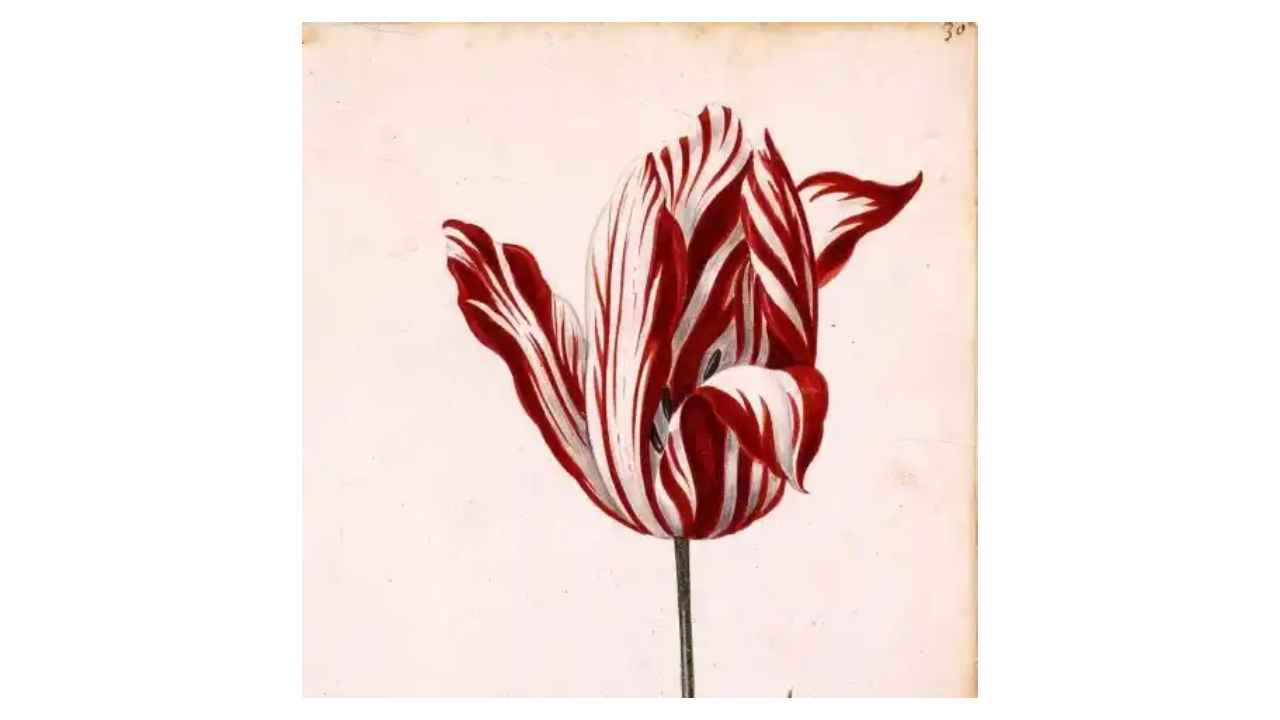
In the 1976 book, The Selfish Gene, Richard Dawkins coined the word “meme”. It was the cultural analog of the gene, an idea that makes copies of itself, or a replicator. Dawkins wrote, “We need a name for the new replicator, a noun that conveys the idea of a unit of cultural transmission, or a unit of imitation. ‘Mimeme’ comes from a suitable Greek root, but I want a monosyllable that sounds a bit like ‘gene’. I hope my classicist friends will forgive me if I abbreviate mimeme to meme. If it is any consolation, it could alternatively be thought of as related to ‘memory’, or the French word même. It should be pronounced to rhyme with cream.
 Survey
SurveyExamples of memes are tunes, ideas, catch-phrases, clothes fashions, ways of making pots or building arches. Just as genes propagate themselves in the gene pool by leaping from body to body via sperms or eggs, so memes propagate themselves in the meme pool by leaping from brain to brain via a process which, in the broad sense, can be called imitation.”
So there you have it, right from the source. The images with text on them are more accurately called text macros, and there is even a subreddit to deconstruct what are commonly referred to as memes. As you can see, memes are not restricted to the internet, and there have been cases where they spread faster than wildfire.
1. The Mississippi Bubble
The Mississippi Company was founded on the idea that opening up access to the Mississippi river valley would lead to tons of wealth, because of the mineral deposits expected to be there. John Law a scotsman was given monopoly over the activities in the Mississippi valley by the French throne. He established the Compagnie des Indes and sold shares to the public. 625,000 shares were sold by 1719, within three years of the company cropping up. The speculation for the future profits went wild, which sent the prices of the shares soaring as well. In fact, the buying was so frenzied that the French government had to print more banknotes. Unfortunately, there was no natural wealth to be found in the Mississippi valley. The government had over printed the paper money, which was new at that time. The prices of the shares crashed. The event is now known as the Mississippi bubble, and was one of the first examples of a financial bubble. Ripple effects from the bubble eventually led to the French Revolution.
2. Phonebooth stuffing
Long before planking and phooning, kids were doing all sorts of crazy physical challenges. In the 1959, this was Phonebooth stuffing. Legend has it that the fad began after 25 students managed to stuff themselves into a single phone booth in 1959, and then everyone else wanted to break the record. Students actually applied geometry and calculus to figure out the optimum configurations to stuff the most number of people in. The fad fizzled out in the same year.
3. Dancing Marathons
This was the latest preoccupation in the 20s and 30s, and were also known as walkathons. Couples literally danced tilled they dropped, collapsing from exhaustion. The craze spread soon after social dancing became respectable. The contestants had to be constantly in motion, and the setups typically involved local hopefuls facing off against professionals. The prize money went into thousands of dollars at times.
4. Flagpole sitting
Another endurance challenge, this involved people climbing on a pole and sitting there for as long as they possibly could. Compared to the social media oriented physical “challenges” of today, the old timey versions were actually challenging. The people who took up the challenges found themselves becoming celebrities, which can be considered the 1920s version of a social media star. These stars would then tour through various cities, attracting large crowds and giving public performances.
5. Crackowes
Crackowes are a type of long-toed shoes that caught on in the 15th century. This trend is believed to have originated from Krakow, then the capital of Poland. The longer your shoe was, the cooler you were considered to be. So naturally, the shoes became longer and longer. The shoes were not very practical, and there are reports of the pointy ends being discarded in piles near battlefields.
6. Poison pigment
Victorians were fixated with a particular shade of green and used it everywhere. Only, the pigment had arsenic in it, which was a deadly poison. Children were retching, women were fainting, and even newspaper readers were falling sick, but everyone just had to have that particular shade of green, and use it everywhere. Wallpaper, toys, paints, candles, dresses, gloves, hats… you name it, it was there. In fact, there is some evidence to suggest that the pigment in Napoleon's wallpaper had a role to play in his death. Eventually, the deadly shade was used as an insecticide. Fortunately, this fad has died out.
7. Beauty Patches
Arsenic was not the only poison that people were exposed to in the 18th century. Lead was commonly used in cosmetics, and smallpox had not been eradicated. There was also the mundane problem of the pimple. All of this meant that the disfigurements and blotches on a woman’s face had to be covered up somehow. Enter beauty patches. Originally, these were discrete discs, but evolved into all kinds of shapes and sizes, including stars, crescents, and even horse-drawn carriages. In England, the patches were even used to show off political affiliations. The practice continued despite being denounced by priests. Women would carry around an assortment of patches in boxes made up of silver, ivory or tortoise shell.
8. Mouse Fur Eyebrows
In the 18th century, another side effect of using the lead-based makeup to get that perfect porcelain doll face that all the men were apparently into, was that your facial hair fell right off. Mostly, this was a good thing – except when it came to the eyebrows. Having thick, dark eyebrows was considered to be a desirable feature. So, when the lady of the house lost her eyebrows, mice would be caught, skinned, and their hair used for the eyebrows. The patchy glue meant that the mouse hair tended to fall off, which only meant that more mice had to be caught.
9. Cemetery Picnics
This was a 19th-century American thing. Death was common, especially when it came to women and children. If you had plans for a family dinner, and someone could not make it, it made sense to just move the dinner next to the tombstone. At the same time, recreational parks were rare in America, and there were not too many cultured green areas that people go to relax in. Which is why cemetery picnics were a thing.
10. Relics
In the middle ages, people developed a passion for relics. There was a frenzy to collect the remains of saints – bones, hairs, or even the occasional head. Churches needed a relic before they could be consecrated. The relics were also status symbols. The version for the poor was the second-hand relic, an object that had previously come into contact with the physical remains of a saint. These could be an old thing, kind of like a portkey, but only worse. Second-hand relics included pieces of cloths, stones and even dust. Not surprisingly, a black market emerged for the relics, and there were plenty of forgeries as well.
11. Radium
The strange and unusual properties of the newly discovered radium meant that it acquired an undeserved reputation for being a kind of panacea in the early 19th century. The rarity made it a luxury item, and it was used in cosmetics. Corporations began to capitalise on the fad by using radium in everything from tablets to alarm clocks, drinks, underwear, water fountains, creams, lipsticks, and butter. One of the people selling the radium as a cure-all, Eben Byers ended up dying in an alarming way and had to be buried in a lead coffin. The radium abuse was so widespread, that the floors in Paris are radioactive till this day.
12. Egyptomania
This one is perhaps the easiest trend on the list to understand, considering that the ancient Egyptian civilisation only gets increasingly interesting the more we understand it. Following Napoleon's conquest of Egypt in the early 19th century, Europeans became obsessed with everything Egypt. The Victorians had mummy unwrapping parties, where they watched as a mummy was opened up, and disintegrating before their eyes. People began trafficking mummies to feed the craze and satisfy the demand.
13. Train Wrecks
In 1896, William Crush had an idea that can only be described as insane. He decided to make two trains crash into each other. Entrance to the festival was free, but Crush thought it was a good way to promote the Missouri-Kansas-Texas Railroad by charging $2 for any passenger who wanted to take a train to the site (not one of the trains participating in the collision). 40,000 people showed up, temporarily making the spot of the publicity stunt the second largest settlement in Texas. The locomotive drivers aimed the trains at each other, put them in full speed, and then jumped out. The two trains exploded on impact, raining shrapnel on people. Many were injured and two people died. Even the official photographer was injured, but he continued to image the event. Crush was immediately fired, and then hired the next day because the publicity stunt… worked? Despite the carnage, the crowd milled about to pick up souvenirs. Train crashes went on to become a major pull at state fairs.
14. Garden Hermits
The wealthy in the 18th century needed to decorate their estates and one of the options available to them was the ornamental hermit. These were hermits who resided permanently on the estates in grottoes, follies or hermitages. They received an allowance, food, and board for their troubles. Of course, some of the hermits were really just seizing the opportunity of a ridiculously easy job. There are examples of them sneaking off to the local pub. It did not really matter, as the ornamental hermits were not really hermits, but sort of long term actors paid to play a role.
15. Streaking
In the 70s, there was an unusual craze that caught on in college campuses across the United States. Students would just remove all their clothes and run past huge crowds of people. They would score bonus points if they were followed by law enforcement officials. Maybe it was to cure boredom, maybe it was an expression of liberty. Maybe it was just fun. Maybe they were just trolls out to shock people.
16. Tulip Mania
Around 1600, soon after their introduction to Europe, tulips became a fad in Europe. They were classified into various varieties depending on their appearance, and particular strains were given names. As they grew in popularity, the prices also skyrocketed. The mania peaked in 1637 when a single bulb of the coveted Semper Augustus could fetch 10,000 guilders, the Dutch currency at that time. That was a ridiculously expensive amount and was enough to take care of all the needs of a family for half a lifetime. The mania died out overnight, perhaps because of the plague outbreak. Some of the varieties cultivated at that time are now lost forever. The Tulip Mania is considered another early example of a financial bubble.
17. Fern Fever
This one is a little hard to explain. In the 19th century, Victorians essentially became crazy for ferns. The obsession was called Pteridomania and infected both amateurs and professional botanists. Collecting and growing ferns was a hobby that both the rich and the poor could participate in. In fact, the nobility encouraged the poor to take up the hobby, as a method of elevating themselves. The rich could maintain elaborate temperature controlled ferneries, and tea parties gave way to fern hunting. There was no bubble, no speculation, no ridiculous prices. Everyone had their ferns, and everyone wanted more. Specialised Wardian cases were made just to grow and display exotic varieties of ferns. Soon, it became about more than just the ferns. The fern motif started appearing on everything, handkerchiefs, visiting cards, glass, pottery, textiles, wood, sculpture, biscuits, fans, tea sets, and even tombstones.
18. Tazos
The newest fad on the list, tazos were a marketing effort by Frito Lays that became a craze around the world. They were just round circular discs that could be catapulted with other discs. The idea was to form stacks and win tazos from other players, similar to marbles. People started using tazos like Lego bricks, creating large and intricate sculptures. There were also those who collected tazos and placed them in albums that had printed versions of the tazos, that had to be matched with the physical objects. Tazos remain a collectible item.
Aditya Madanapalle
Aditya Madanapalle, has studied journalism, multimedia technologies and ancient runes, used to make the covermount DVDs when they were still a thing, but now focuses on the science stories and features. View Full Profile
